The five-year fixed price agreement between the government and Electrogas will come to an end as of next month with Enemalta expected to experience an increase in the price it pays for the provision of electricity and the supply of Liquified Natural Gas (LNG), The Shift is informed.
Industry sources told The Shift that while the government will be expected to pay more for the electricity and the LNG it acquires, the real shock, which could force the government to raise prices, will affect fuel, mainly diesel and petrol, for which prices are currently exploding on the international markets while Enemed, the government entity responsible for the commodity, has no hedging agreements to rely on and absorb the costs.
Finance Minister Clyde Caruana boasted during the electoral campaign that the government has already spent €200 million to artificially subsidise energy, both fuel and electricity. But industry sources said the reality is somewhat different.
According to early projections, the price charged by Electrogas is not expected to change dramatically, and so far the increase is projected to cost the government an extra €15 million this year. But fuel will be the real issue.
Through subsidies from State coffers, fuel pump prices have been kept artificially low at Maltese fuel stations but things might soon change after the electorate goes to the polling booths.
This week, the average price of diesel in the EU stood at €1.79 a litre (€1.21 in Malta), while petrol reached an average of €1.86 a litre (€1.34 in Malta)
“Whatever Minister Caruana says, (probably part of his election campaign) the situation in Malta is unsustainable and the government will have no other option but to significantly increase fuel prices soon. The other alternative will be to keep pumping millions into artificial prices while pushing up the debt and deficit figures which are already in the red,” the sources said.
Energy
From April, according to an agreement signed with the government, the price of electricity sold to Enemalta and the LNG sold to operate its (BWSC) power station will be tied to the Brent Crude Index as the five-year fixed price draws to an end.
According to the latest data, Brent Crude, currently at some $100 a barrel is expected to drop to $80 next year.
This will mean that the increase’s impact will be minimal, at least so far, and the government is not expected to pass this increase onto consumers.
However, industry sources said no one can really predict what the effects of the ongoing Ukraine war are going to be on the price of LNG, and projections may still go haywire, increasing the costs exponentially for Enemalta.
Fuel prices
Currently, Enemed sources its fuels from the open market and it does not appear to have any hedging agreements.
While the minister responsible for the sector, Miriam Dalli, has refused to give any details on the situation, it is clear that Malta’s fuel pump prices are too low when compared to the EU and the international spot prices.
Last year, as the international increase in fuel prices started to bite, the government reduced the exorbitant excise tax on the commodity, replacing it with an injection from State coffers. While this is also an option, it will also deal a severe blow to the already precarious state of government finances.
Since Robert Abela and Clyde Caruana took over the country’s State coffers in January 2020, Malta’s debt has increased by almost €3 billion in two years, reaching a staggering €8 billion.
Once the pandemic’s effects are over, the EU is expected to once again trigger restrictive public finances rules which will oblige all member states, including Malta, to rein in their growing debts and deficits.
Malta closed 2021 with a deficit that was more than twice what was projected by the finance minister for the year.

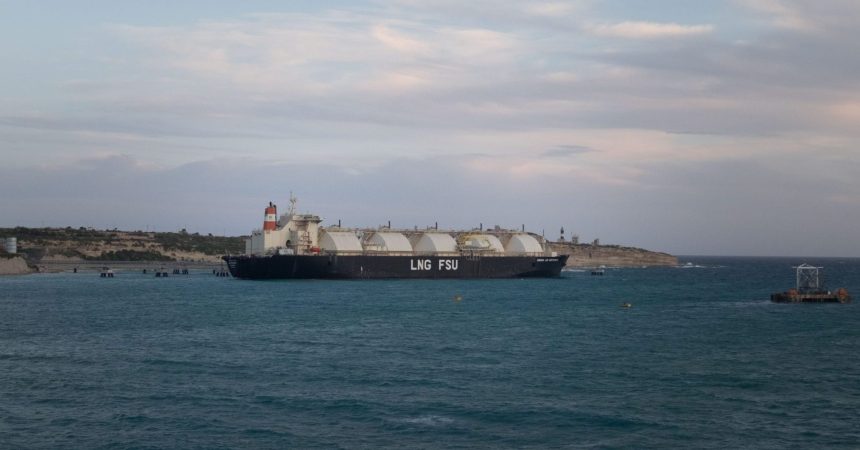
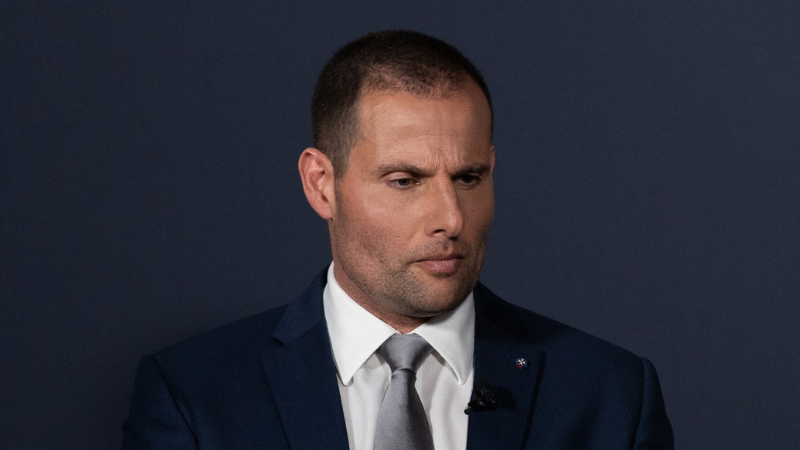
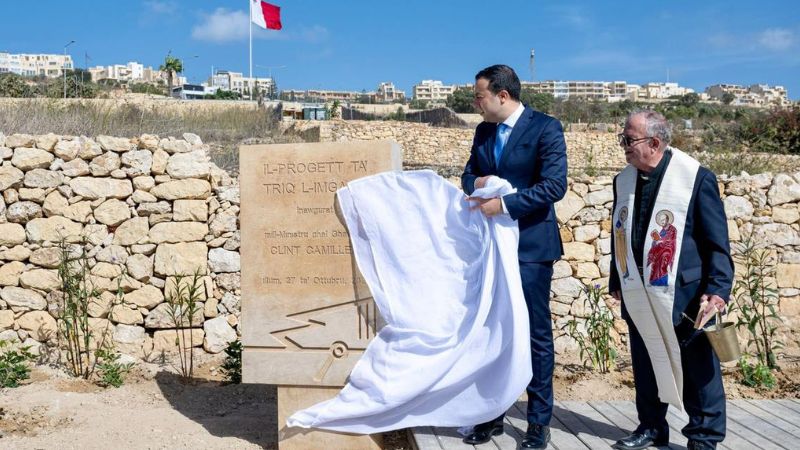

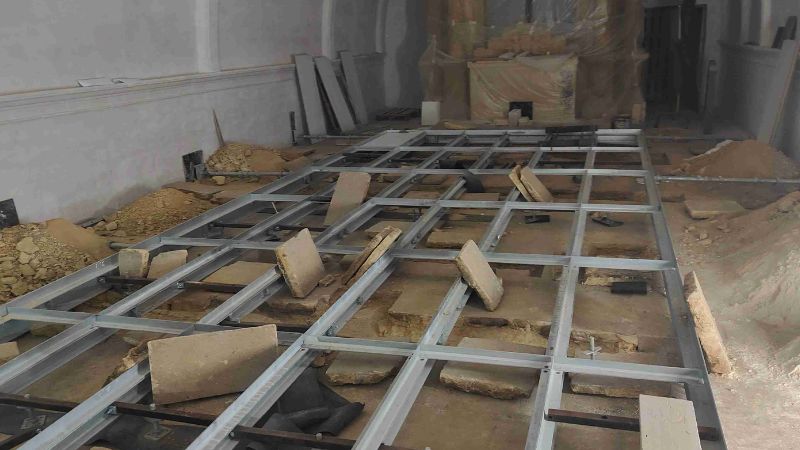
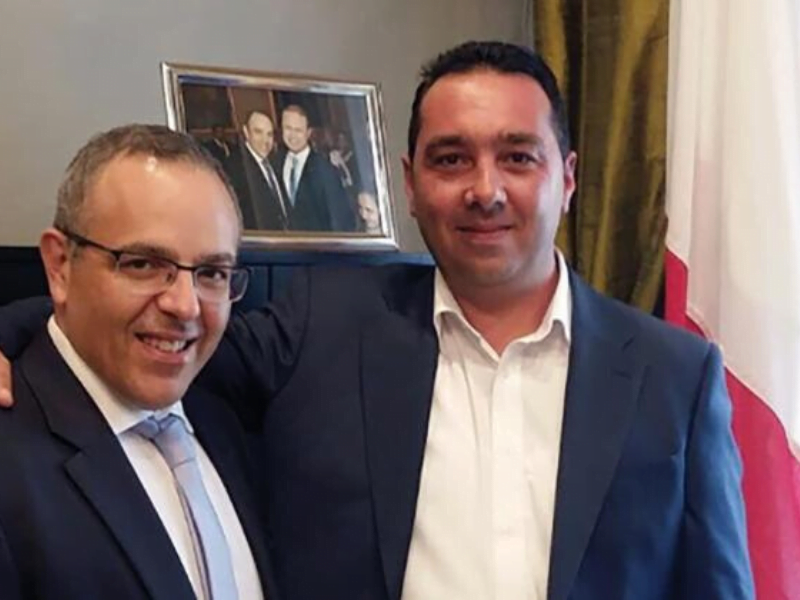






Hallas Gahan
Ha naraw IL GWU tohrog tiprotesta ghal ziediet bhal gen li ghamlu qabel 2013…
Tony Zarb has to eat his words when he said energy bills come higher only under the PN.
How much solar or wind power would an investment of 200m generate in terms of MWh? And what proportion is that of the energy use of the islands? Bear in mind that 200m could be invested annually until the island is self sufficient in electricity and would probably be paid back via stable energy prices in about 10 years.